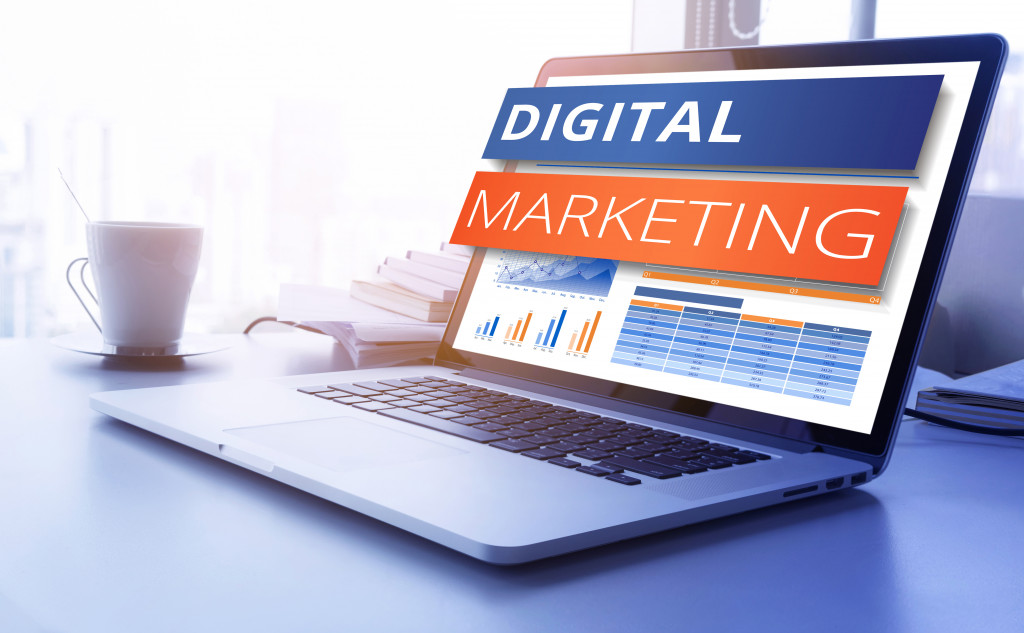The COVID-19 pandemic changed consumer behavior overnight. One day we’re just buying concert tickets, then we’re hoarding disinfectants and toilet paper the next. Because of our fear of catching the virus, we avoided as much physical contact as possible and steered clear of enclosed public places.
Needless to say, grocery stores, malls, restaurants, and department stores suffered a tremendous impact. But still, most of them survived and kept on thriving even in the midst of COVID-19’s peak. And it’s all thanks to commerce and digital marketing.
E-commerce sales jumped 30% higher during the pandemic. Not only did more people start buying their essentials online, but also other items like self-care and entertainment products. Evidently, consumer spending swelled during the pandemic, despite the financial problems it brought.
In addition, one-third of advertisers actually canceled their campaign plans due to COVID-19-related impediments. Yet some people’s shopping habits seem undeterred — if anything, they shopped even harder.
Well, we should give credit to certain digital marketing strategies that worked during the pandemic. The thought of promoting a product or service in such a challenging time may seem insensitive, but in fact, it’s the opposite because the campaigns didn’t promote spending at all.
Instead, they appealed to people’s hearts, which made them encouraged to support businesses. That said, here’s what to expect from digital marketing from now on after the world lived through COVID-19:
New Trends in Web Content
Before the pandemic, the contents on the web often showed consumers enjoying an in-store experience. For food businesses, that would be dine-in meals; for fashion brands, it’s trying on clothes and/or shoes inside the store. And for service establishments, it’s massages, haircuts, and the like.
On social media, brands often posted videos and photos depicting people using their products in the setting it’s needed. For example, a woman lounging on the beach wearing a certain bikini brand. Such photos are often used to advertise new collections, special promos, discounts, and other programs — anything that encourages spending, basically.
But since the onset of COVID-19, brands couldn’t promote in-store experiences anymore. As such, food businesses changed their content from dine-in promotions to hygiene reminders, such as hand-washing and social distancing. The other industries also focused on health protocols and the new normal. You wouldn’t see any ads involving people buying something from a store or going to a festival.
A slowdown in Paid Advertising

Because of the pandemic’s economic impact, many small businesses pulled out their advertisements. This decreased the competition for ads, leading to a slowdown in pay-per-click (PPC) activity. On the brighter side, though, web traffic increased because people stayed in their homes for the majority of the time. Hence, tried-and-true SEO services became a more attractive option than PPC ads.
But PPC won’t slow down forever. As the world gradually returns to normal, small businesses will regain their momentum and begin engaging in PPC again. But thanks to SEO, businesses can still build up organic traffic on their websites.
More Truthful Advertising
Even before the pandemic, consumers have already been skeptical of brands. They no longer trusted every marketing message, especially ones that are obviously exaggerated. The pandemic intensified that behavior.
For that reason, truth in advertising became more crucial than ever. Social media, particularly Facebook, adapted to this change by taking down over seven million ads that were considered “conspiracy marketing” related to COVID-19 information. From then on, Facebook placed stricter requirements on advertisers promoting disinfecting products. The restrictions got lifted in August 2020, but other websites are still actively removing misleading ads.
To avoid reputation issues, brands that aren’t selling anything related to COVID-19 also changed their campaigns to reflect more honesty. Many brands survived the pandemic because of their consumers’ trust, so if you’re a newcomer in the market, ensure that your digital marketing strategies promote accuracy so that you can build trust with your customers.
New Brand Messages
For the longest time, KFC’s slogan was “Finger-Lickin’ Good.” But since the COVID-19 virus can be passed around through touching, the fast-food chain had to remove its iconic slogan. It’s — in pop culture terms — a “cultural reset” for us who grew up hearing those words on TV and reading them on ads.
But that change is necessary because it’s now irresponsible for businesses to retain their messages if it promotes close contact or going out. The need for social distancing is so serious that even delivery services cannot require touching of any sort. But we don’t have to mourn the original brand messages we’ve grown to love; they’ll come back in time when we’ve finally overcome COVID-19.
For now, all brands can do is keep making their digital marketing strategies relevant to the times. They should also maintain the important lessons they’ve learned, such as truthfulness and empathy in advertising.
